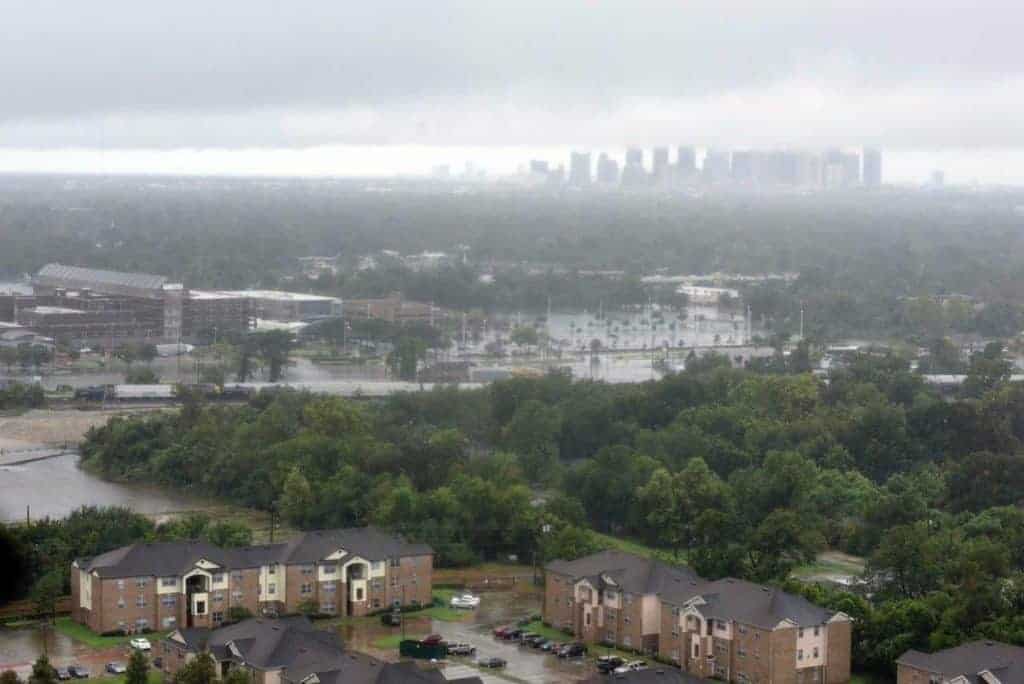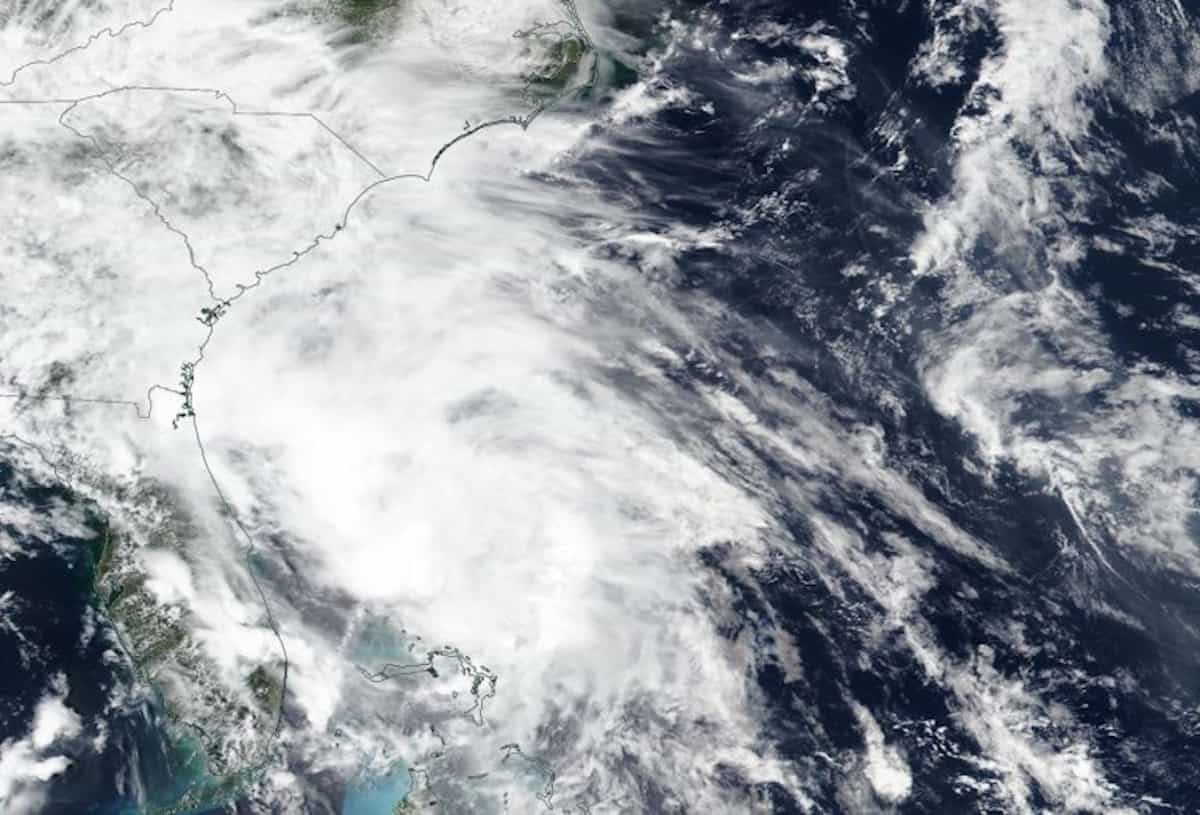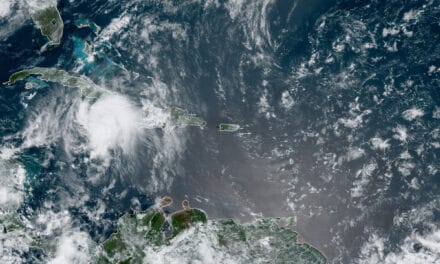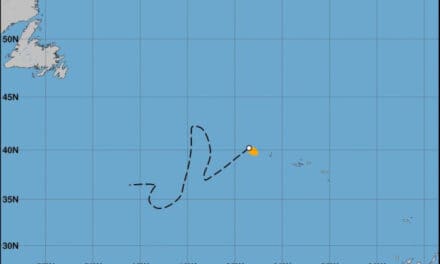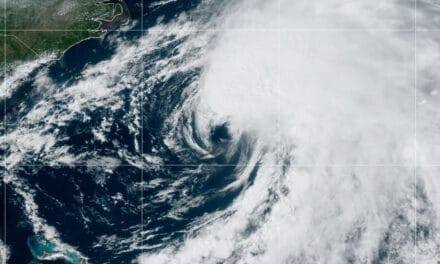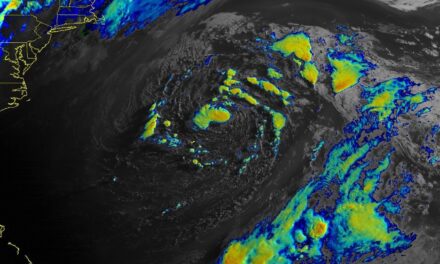
Second Named Storm Arrives Before Hurricane Season Starts
Tropical Storm Bertha made landfall on the South Carolina Coast on Wednesday May 28th with 50 MPH winds and gusts to 65 MPH. The second storm of the 2020 Hurricane Season, Bertha began in the Caribbean Sea as a low-pressure system. Over the Memorial Day weekend, the storm drenched portions of Florida as it traveled north along the East Coast. It strengthened to a tropical depression, then a tropical storm before making landfall 20 miles east of Charleston.
Bertha formed a week before the official start of the 2020 Atlantic Hurricane Season. Eight days earlier, Tropical Storm Arthur brushed by the North Carolina Outer Banks before heading east over the Atlantic.
Hurricane Season Preparedness: Know the Risks. Make a Plan
Bertha traveled north through South and North Carolina, Virginia and West Virginia as it dissipated to a tropical rainstorm and then a post-tropical remnant over Pennsylvania. It became the first named storm of 2020 to make landfall with flash flood warnings from heavy rain and marine warnings for rip currents and life-threating surf along the Georgia and Carolina Coasts.
June first marks the official start of the Atlantic Hurricane Season—the most active time of year for hurricanes, tropical storms, and depressions. Tropical cyclones can form in any month. The season peaks in August, September, and October, and officially ends November 30.
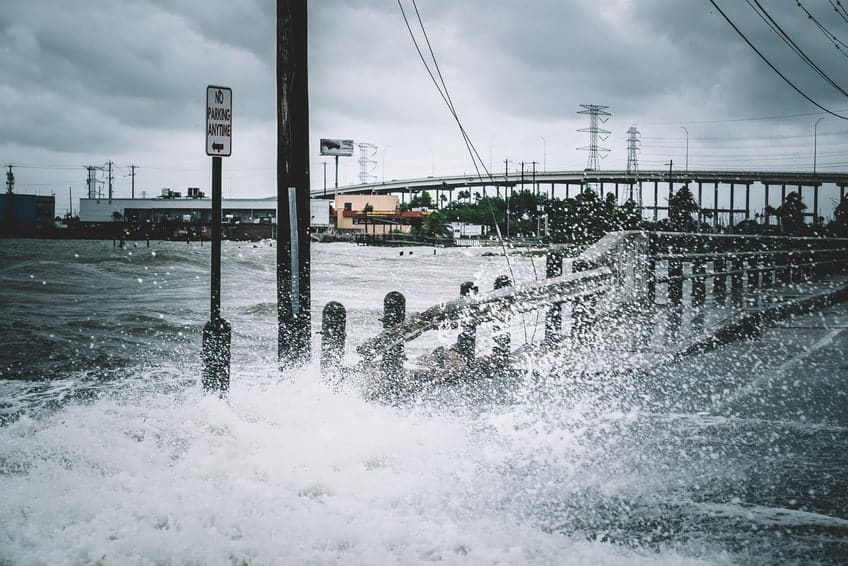
The Best Generator for Whole House Power
2020 Hurricane Season Update
The CSU Tropical Meteorology Project indicated an above average season its December discussion of the upcoming 2020 hurricane season. That projection was reinforced in April with their long-range forecast. Forecasters also consider the increasing chance of an La Nina event later this summer as another indicator of above average activity. This past week, Accuweather updated its forecast to include 16-20 named storms.
Tropical storms Arthur and Bertha both formed prior to the season start and could indicate the beginning of another record or near record hurricane season. One week from today, the CSU Tropical Meteorology Project will issue their season forecast on June fourth.
As of today, most prominent forecasters agree that 2020 includes an above average chance for a major hurricane (category 3-5) to the U.S. Gulf or East Coast.
The 2020 Hurricane Season Forecast
Grocery Shortages–Supply Chain Disruptions–Local Shelter Space
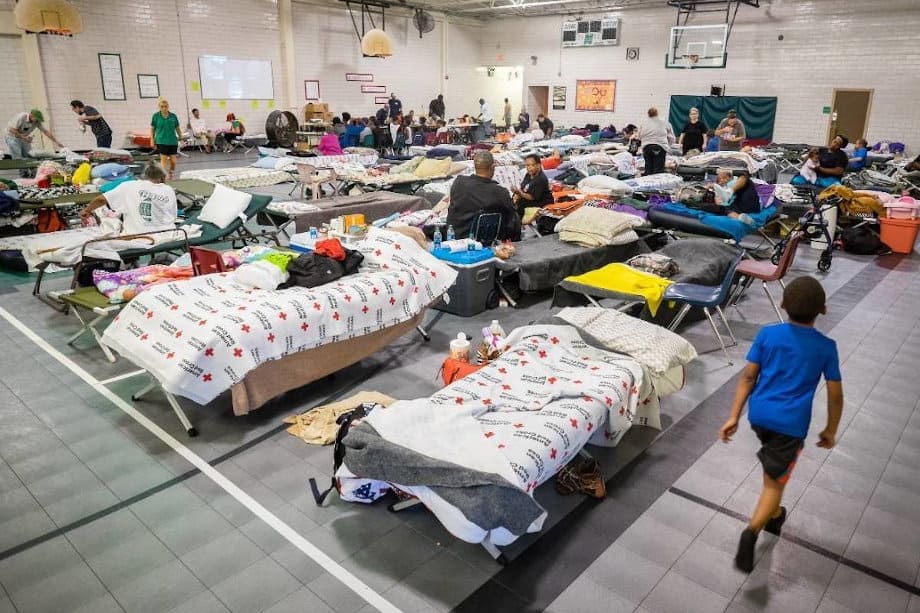
How does social distancing work in an overcrowded shelter?
The disrupted supply of everything from building materials to canned goods could impact hurricane season preparations. Although social distancing and stay-at-home orders helped bring the coronavirus pandemic under control, the supply chain for supermarkets and big box stores remains subject to disruption. Products imported to the country take longer to reach shelves.
Hurricane Disaster Preparedness includes a plan alongside supplies of food, medicine, and the building materials necessary to protect a home from serious damage. The announcement of a global pandemic by the World Heath Organization triggered panic buying and hording across the country.
Ten Tips to Survive a Hurricane Disaster
Any hurricane that takes aim on the U.S. Coast will further deplete supplies. Stores are also better prepared with policies that limit purchases. In the face of an oncoming hurricane, buying enough plywood, canned goods, or bottled water may be impossible.
Expect local shelters to require the same social distancing measures as other facilities and may have less space available. If you live in an evacuation zone, your disaster plan should include where you will go if ordered to evacuate.
FEMA Recommends a Backup Power Source
How to prepare in advance:
- Make a hurricane disaster plan and put it into action.
- Purchase building supplies to reinforce your home.
- Store nonperishable foods and drinking water for one to two weeks.
- Make your home, evacuation, and travel kits now.
- Include pets in all your plans. Do not leave them behind.
- Plan for power outages with a home backup generator.
Advance Preparation is the Key to a Good Hurricane Disaster Plan.
